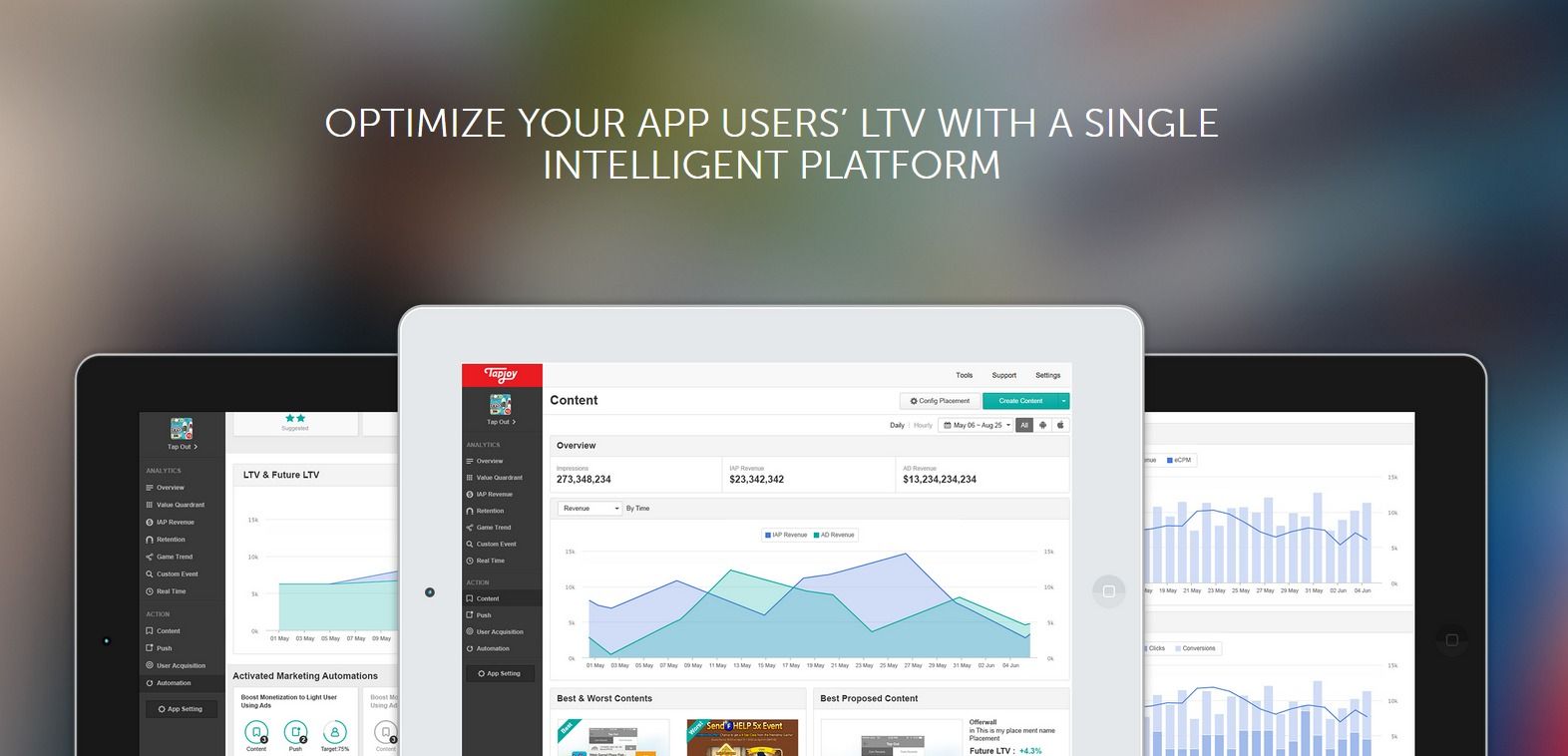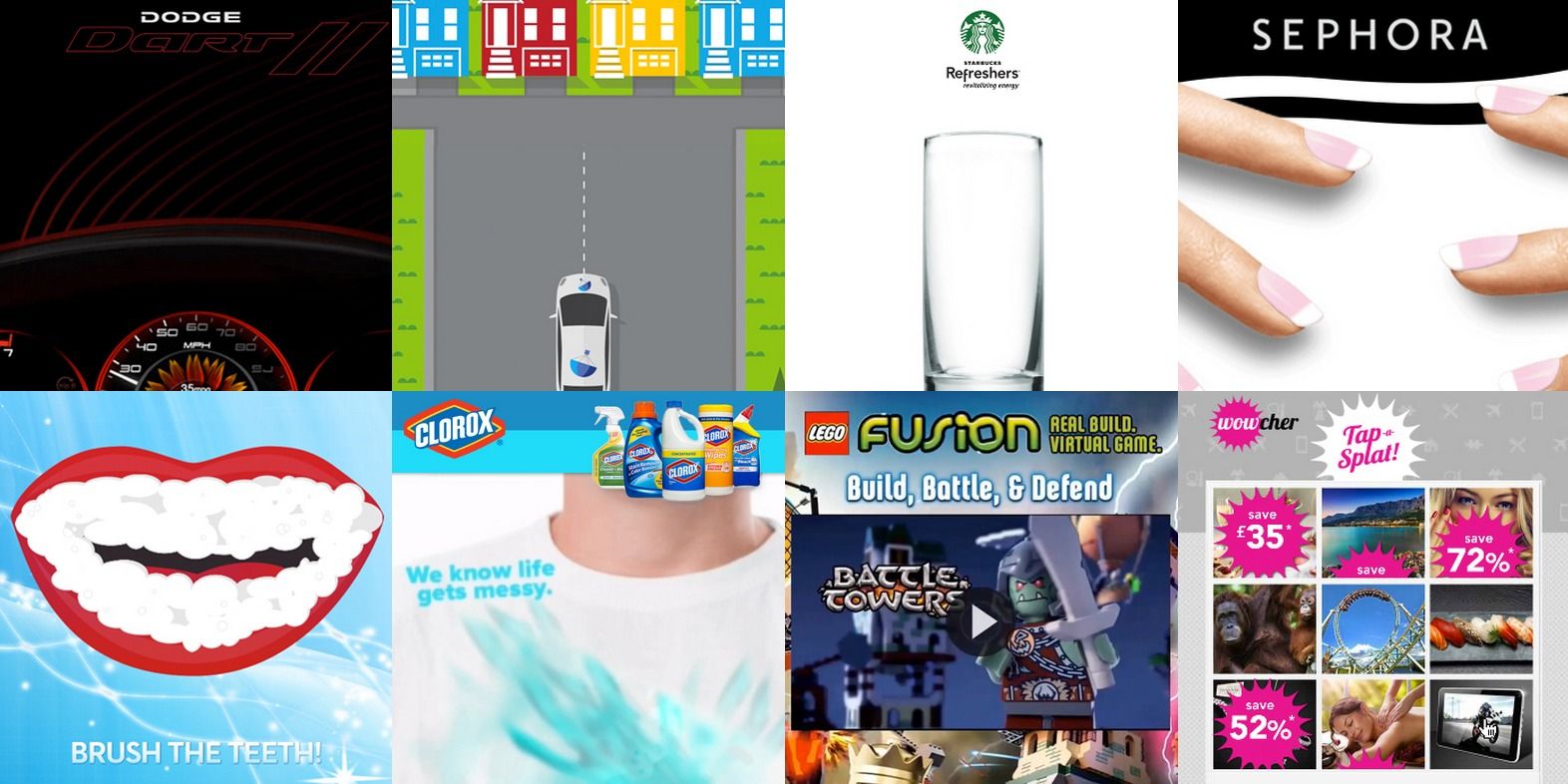It’s March, and you know what that means. There are a slew of big events coming up this month, from Apple’s forthcoming Watch event to the Game Developers Conference to the Penny Arcade Expo East, among others. These are sure to be big events for communities, but marketers will want to take notice as well – and there’s a few reasons why.
Game Developers Conference – San Francisco, March 2-6
The Game Developers Conference has become an ideal location for would-be game makers and companies to come together. It has become the leader of the educational side of games, with a number of panels and speakers explaining their side of the industry, and providing insight in terms of what up-and-comers can do next.
However, it’s also become a spot for companies to showcase what new technology they have on the horizon. Last year, Sony debuted its Project Morpheus virtual reality technology with flying colors, while others like Oculus Rift and Samsung rode the wave. This year is no exception, as Valve is teaming up with HTC for its own virtual headset, which is coming this year.
Why marketers should take note: there’s a lot of big business happening at GDC, whether it’s business folk talking locally at the W (which is always full over the week) or showcasing something in the exhibit hall. This is a great place to get caught up with gaming trends before the big E3 event in Los Angeles in June, as attendees can see what a majority of developers are up to, while gaining information in terms of what they’re hiring for.
With no shortage of parties to choose from and plenty of companies and projects on hand, the Game Developers Conference has something to offer for all sorts of attendees. Plus, the business potential is quite huge.
Mobile World Congress – Barcelona, March 2-5
Not to be outdone by the Game Developers Conference, the Mobile World Congress is one of the biggest events to focus on mobile communications, across wearable devices, connected devices and a number of other means.
With over 85,000 attendees and C-Level leaders in attendance, the conference is a who’s who of companies, innovators and other people involved in the mobile community, checking out panels and other news that makes it one of the biggest events in the world – although, given its location, not everyone can make it, as it’s not as easily accessible as, say, Game Developers Conference.
Why marketers should take note: the best mobile information usually emerges from this event, with a number of statistics and projects that indicate its direction over the next year. It’s here that companies can easily learn the “hot new thing” on the market, whether it’s with a particular type of app or a feature that people will be able to get the most out of.
In addition, a number of cutting-edge products are revealed at the show, giving people an idea where tech may be headed. If mobile leaders aren’t at Game Developers Conference this week, chances are you’ll find them at the Mobile World Congress.
Penny Arcade Expo East – Boston, March 6-8
Every year, each of the Penny Arcade Expo shows – East, Australia, Prime, and the just added South – are sellouts, not only because of their extraordinary outreach to a large gaming community, but also because of the involvement of companies like Nintendo, Twitch and Wargaming. This year’s East show will be no exception.
The show will feature a number of “indie” game developers showing off their projects, and will also bring big companies in droves, like Nintendo with its Wii U shooter Splatoon and 2K Games with its forthcoming Borderlands: The Handsome Collection, amongst other games.
Why marketers should take note: the possibilities with consumers and companies alike are endless. Some big announcements are usually saved for shows like this (Harmonix is already promising some fun times ahead with a special “Paxamania” promotion), and people pay attention in droves. It could be the ideal spot for marketers to see what trends emerge in the gaming world here, as well as reactions to games like Splatoon, to see how possible sales or promotions could be ahead of their release.
Plus, it’s a good chance to talk to folks that are involved directly with game making or playing, and getting a better idea of just what’s in store for the next few months in the industry. On top of that, board games are also really popular at these events, and learning what type of games people are into could help some companies with designing the next big Cards Against Humanity, or something to that equivalent.
Apple Watch Event – San Francisco, March 9th
Following the Game Developers Conference, Apple intends to make some big waves with its own event, in which it will talk about the Apple Watch in greater detail. Expect launch dates, pricing details, and maybe even a glimpse of what the device can do in terms of games, applications and other programs.
Why Marketers Should Take Note: Even though it’s Apple’s first real foray into wearable tech, the Apple Watch should be huge with its potential and marketing, and that means big news for companies making applications and/or games for the device. They should be out there talking about their next big product, and how well it’ll work with Apple’s peripheral, right down to the interface.
Obviously a product like this can be a gamble with its limited charge time and screen size, but it’ll sell anyway, because Apple has no problem moving tech. With that, companies should be on board to offer the kind of practical applications that will keep people tinkering away with it for months to come.


 Steve Wadsworth
Steve Wadsworth

